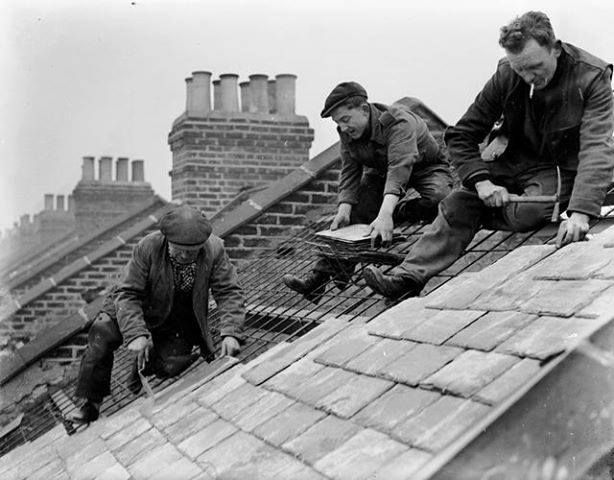
Roofing has been an essential part of human life for thousands of years. From the earliest shelters made from natural materials to modern high-tech solutions, our roofs have always played a crucial role in keeping us safe, warm, and dry. The history of roofing is a fascinating story of creativity, craftsmanship, and innovation.
The earliest roofing systems were simplistic yet ingenious, providing basic shelter from the elements. Ancient civilizations utilized locally available materials such as leaves, branches, and animal hides to construct their roofs. These rudimentary shelters were the first step in the evolution of roofing materials.
As societies advanced, so did their roofing techniques. The Greeks and Romans, known for their architectural prowess, began using clay tiles for roofing. These tiles were not only durable but also aesthetically pleasing, showcasing the advanced engineering skills of these ancient civilizations. Clay tiles, with their ability to withstand harsh weather conditions, became a testament to the ingenuity of early builders.
In medieval Europe, thatched roofs made from bundles of straw, reeds, or grasses became widespread due to their affordability and accessibility. Thatched roofs offered excellent insulation, keeping homes warm in winter and cool in summer. However, they posed a significant fire risk, prompting the development of alternative roofing materials and techniques. The journey from these early roofing methods to more advanced solutions reflects the continuous quest for better shelter.
Long before modern materials and technology, our ancestors used whatever they could find to build roofs, including thatch roofing. Leaves, branches, and animal skins provided basic protection from the elements. As time went on, early civilizations started experimenting with better materials:
As construction techniques evolved, natural materials like wooden shingles became a go-to roofing material across Europe and North America. These hand-split shingles provided a more uniform and refined alternative to thatch. They were easy to install and offered moderate protection from the elements, but they still posed a fire hazard.
Meanwhile, churches and grand buildings began using lead and copper roofs, known for their durability and resistance to fire. Metal roofing was expensive but proved to be long-lasting and visually appealing. Some of the grandest cathedrals and castles of the time featured intricate metal roofing designs that have withstood the test of time.
In Asia, architects embraced curved clay tiles, which were both stylish and practical. Designed to withstand tough weather, these tiles became an iconic feature of Chinese and Japanese buildings. The interlocking design of these tiles provided excellent water resistance while adding an artistic element to rooftops.
The Industrial Revolution in the 18th and 19th centuries changed everything. Mass production made materials like slate, metal, and asphalt shingles more affordable and accessible. This era saw a shift from hand-crafted roofing materials to factory-made solutions that could be quickly and efficiently installed.
As cities expanded and new architectural styles emerged, the roofing industry saw rapid innovation. New synthetic materials such as rubber, PVC, and composite shingles were developed, offering even more durable and low-maintenance options. The late 20th century also saw the rise of green roofing, which incorporates vegetation to improve insulation and air quality. Roofing techniques also improved, leading to better waterproofing, insulation, and energy efficiency.
The introduction of fiberglass-based asphalt shingles provided an even more durable and cost-effective alternative to traditional materials. Meanwhile, metal roofing became more accessible for residential use, with advancements in coating technology allowing for a wider range of colors and styles.
Roofing continues to evolve with new materials and technologies. Many homeowners are opting for eco-friendly and energy-efficient options, such as solar panels, green roofs, and cool roofing materials that reflect heat. Sustainable roofing materials, such as recycled metal, reclaimed wood, and eco-friendly composite shingles, are becoming increasingly popular.
As the world moves toward greener solutions, the future of roofing looks promising. From smart roofing systems that monitor energy usage to self-repairing materials that can extend a roof’s lifespan, technology is driving the industry forward.
From ancient thatched roofs to today’s smart and sustainable options, the journey of roofing reflects human ingenuity and our ongoing quest for better, safer, and more efficient shelter. As technology advances, who knows what the future holds for roofing? One thing’s for sure—our need for strong, reliable roofs isn’t going anywhere!